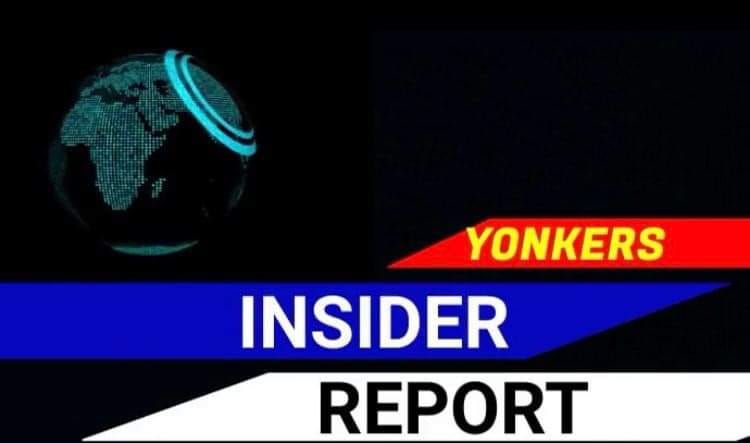FOR IMMEDIATE RELEASE: CITY OF YONKERS TO UNVEIL
THE ENSLAVED AFRICANS’ RAIN GARDEN,
AN URBAN-HERITAGE SCULPTURE GARDEN, ON JUNE 17 ALONG HUDSON RIVER.
Public Art Exhibit Honors Legacy of Nation’s First Slaves Freed Decades Before the Emancipation Proclamation.
Yonkers, NY – June 1, 2022 – Kicking off the City’s Juneteenth celebration weekend, Yonkers Mayor Mike Spano along with sculptor Vinnie Bagwell, local artists and community leaders officially will unveil The Enslaved Africans’ Rain Garden (EARG), along the Yonkers waterfront at 20 Water Grant Street, on Friday, June 17 at 11:30AM. The urban-heritage sculpture garden honors the legacy of enslaved Africans who resided and worked at Philipse Manor Hall in Yonkers. The garden’s opening will feature the presentation of five life-size bronze sculptures of the enslaved Africans who were freed decades before the Emancipation Proclamation.
“On behalf of the residents of Yonkers, I am proud our City is the permanent home to this poignant art exhibit that not only tells the remarkable story of some of our first residents but the place they and our city have in the nation’s complicated history,” comments Mayor Spano. “Public art has become a hallmark of Yonkers’ diversity and vibrancy – and the Rain Garden joins the growing landscape of beautiful expression here. Through Vinnie’s artistry and devotion to their journey, we are paying homage to the lives and sacrifices of our early ancestors and ensuring their voices are heard for future generations.”
Created by sculptor Vinnie Bagwell, the public artwork interprets the legacy of five enslaved Africans who were among the first to be manumitted by law in the United States in 1799 (64 years before the Emancipation Proclamation). The sculptures named “Themba the Boatman," "I’Satta," "Bibi," "Sola," and "Olumide,” will reside in a half-acre rain garden along the Hudson River esplanade. Each sculpture will be set in a vignette that includes a unique bench and landscape features of trees, shrubs and flowers with the backdrop of a stone-lined ravine flowing behind the sculptures. Each sculpture is designed to explore it for the entire 360 degrees, accented with prominent features on the backs of their garments.
Vinnie Bagwell states, “Public art sends a message about the values and priorities of a community. In the spirit of transformative justice for acts against the humanity of black people, I am grateful for those who supported this collective effort. The strongest aspect of the Enslaved Africans’ Rain Garden coming to fruition is that it begins to address the righting of so many wrongs by giving voice to the previously unheard via accessible art in a public place, while connecting the goals of artistic and cultural opportunities to improving educational opportunities and economic development. Here is the impetus for the realization of the Enslaved Africans’ Rain Garden.”
The Enslaved Africans Rain Garden Initiative was incorporated in 2015 as a non-profit 501.c.3 arts organization. The mission is to enlarge the perspectives on the subject of slavery, bring humanity and dignity to the memory of enslaved Africans; foster environmental responsibility and green stewardship; employ artists to create culturally-resonant artwork to map the assets of communities; educate students in an art medium and advanced concepts unavailable in public-school programs; and foster cross-cultural dialogue worldwide.
The Enslaved Africans’ Rain Garden is funded by the City of Yonkers, the County of Westchester, the State of New York Office of Parks, Recreation, and Historic Preservation, the New York State Council on the Arts, the National Endowment for the Arts, ArtsWestchester, Con Edison, and Entergy.
Former Yonkers City Council Majority Leader, Patricia McDow, ArtsWestchester’s CEO, Janet Langsam, the Yonkers Board of Education, Sarah Lawrence College, historians, scholars, community-based organizations, and community members collaborated with Bagwell to develop the creation of the Enslaved Africans’ Rain Garden.
The design, construction and landscape architectural plans of the Enslaved Africans’ Rain Garden were completed by BCT Design Studio, TJR Excavating Contractors, Inc., and Bowman Design Company.








No comments:
Post a Comment